This document describes in depth how to prepare your QNAP Turbo Station for installing NetBSD/sandpoint. The following models are supported:
- TS-100 (32MB, 200MHz, Intel GBit Ethernet, V1.02 board)
- TS-100 (32MB, 200MHz, Realtek GBit Ethernet, V200 board)
- TS-101 (64MB, 266MHz, Intel GBit Ethernet, V1.02 board)
- TS-101 (64MB, 266MHz, Realtek GBit Ethernet, V200 board)
- TS-201 (128MB, 266MHz, Realtek GBit Ethernet)
To install NetBSD/sandpoint you will have to open the case, to get access to the serial console, and connect a serial converter from TTL to RS232 signal levels.
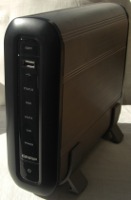
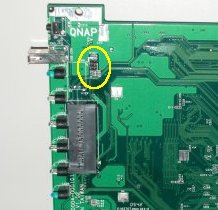
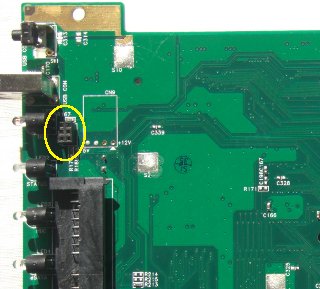
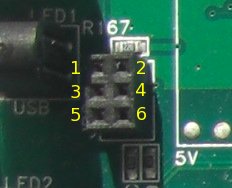
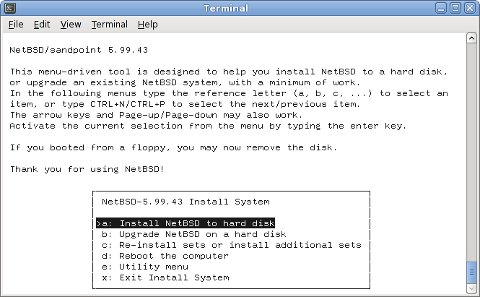 Post installation steps
=======================
After a successful installation you want to make the system boot
standalone when switched on, without the need for a serial console. So
you have to modify the `bootcmd` in U-Boot's environment and write the
`altboot.bin` binary to the Flash ROM.
To find a suitable place in the Flash ROM you can use the **flinfo**
command and look out for empty sectors `(E)`. On my Turbo Station I have
chosen `0xffe20000`. Replace that in all the following commands if you
have chosen a different address.
Load `altboot.bin` into memory at `0x1000000` again, as explained above.
Then execute the following commands to write it to Flash ROM:
Post installation steps
=======================
After a successful installation you want to make the system boot
standalone when switched on, without the need for a serial console. So
you have to modify the `bootcmd` in U-Boot's environment and write the
`altboot.bin` binary to the Flash ROM.
To find a suitable place in the Flash ROM you can use the **flinfo**
command and look out for empty sectors `(E)`. On my Turbo Station I have
chosen `0xffe20000`. Replace that in all the following commands if you
have chosen a different address.
Load `altboot.bin` into memory at `0x1000000` again, as explained above.
Then execute the following commands to write it to Flash ROM: